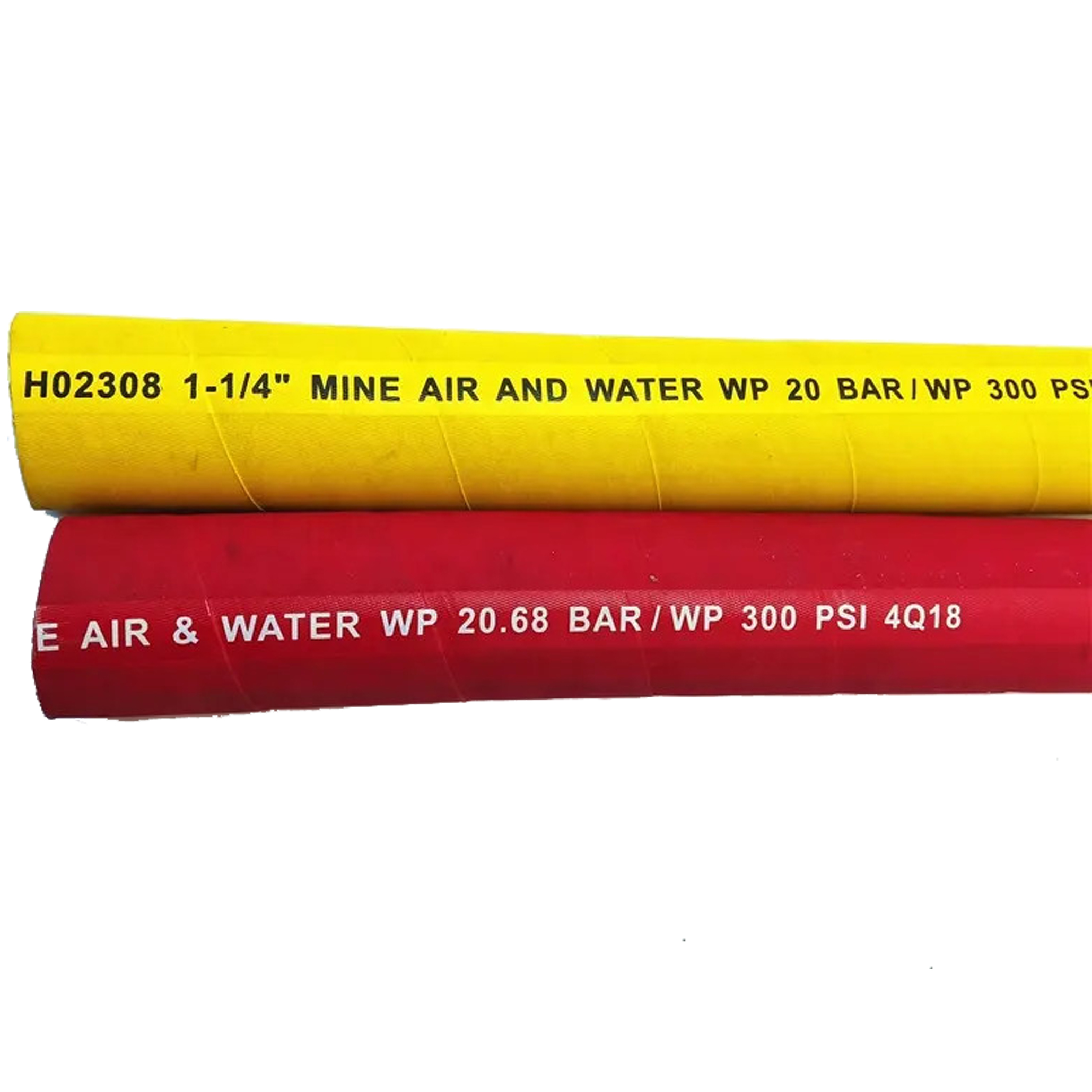335345435
Des . 25, 2024 09:19 Back to list
oem hydraulic hose fittings types
Understanding OEM Hydraulic Hose Fittings Types and Importance
In the realm of hydraulic systems, the role of hose fittings cannot be overstated. These components are integral to maintaining fluid power and ensuring the efficient operation of hydraulic machinery. Original Equipment Manufacturer (OEM) hydraulic hose fittings are particularly important as they guarantee compatibility, reliability, and performance in hydraulic systems. This article delves into the various types of OEM hydraulic hose fittings, their significance, and how to select the right fitting for your specific needs.
The Importance of Hydraulic Hose Fittings
Hydraulic hose fittings are essential in connecting hoses to pumps, valves, cylinders, and other components within hydraulic systems. They help to create a secure seal, enabling the efficient transfer of hydraulic fluid. The right fitting can prevent leaks, reduce maintenance costs, and increase the lifespan of the hydraulic system. OEM fittings are engineered to meet specific performance criteria and standards set by manufacturers, ensuring that they work seamlessly with corresponding equipment.
Types of OEM Hydraulic Hose Fittings
1. Crimp Fittings These are one of the most common types of fittings in hydraulic applications. Crimp fittings are designed to be permanently attached to the hose using a crimping machine, providing a strong, leak-proof seal. They are available in various materials and sizes, allowing for flexibility in different hydraulic setups.
2. Reusable Fittings As the name suggests, reusable fittings can be disassembled and reused if required. They are typically more cost-effective in the long run since they allow for easy replacement of worn-out hoses without the need for new fittings. However, they require careful installation to ensure a proper seal.
3. Swivel Fittings These fittings are designed to allow for rotation without disconnecting the hose from the assembly. This feature is particularly beneficial in applications where there may be constant movement or vibrations, as it helps to reduce stress on the hose and fitting connection.
4. Banjo Fittings Recognized by their unique design, banjo fittings are characterized by a flat surface with a hole for a bolt, allowing for a secure connection to other components, such as cylinders or pumps. They are often used in applications where space is limited.
5. Straight and Elbow Fittings Straight fittings connect hoses without changing the direction of flow, whereas elbow fittings allow for a directional change, typically at a 45° or 90° angle. Both types are essential for routing hydraulic lines in an efficient manner without inducing unnecessary stress.
oem hydraulic hose fittings types

6. Body Types OEM fittings come in various body types, including bulkhead, T, and Y configurations, which enable complex interconnections within a hydraulic system. The choice of body type will depend on the specific layout and design of the hydraulic circuit.
Selecting the Right OEM Hydraulic Hose Fitting
When selecting hydraulic hose fittings, several factors should be considered to ensure optimal performance
- Compatibility Always choose OEM fittings that are compatible with the specific hydraulic hoses and components you are using. This ensures that the fittings will work together harmoniously and maintain system integrity.
- Pressure Rating Ensure that the fittings can withstand the pressure of your hydraulic system. Each fitting has a specified pressure rating, and using fittings with insufficient ratings can lead to catastrophic failures.
- Material Compatibility The materials used in the fittings must be compatible with the hydraulic fluids to prevent degradation over time. Common materials include steel, brass, and stainless steel.
- Environment Consider the operating environment. If the equipment is exposed to harsh conditions, such as extreme temperatures or corrosive substances, selecting fittings that can endure these conditions is crucial.
Conclusion
OEM hydraulic hose fittings are a vital aspect of hydraulic systems, ensuring efficiency, safety, and reliability. Understanding the various types of fittings available and their applications can help in making informed decisions when designing or maintaining hydraulic systems. By considering compatibility, pressure ratings, material, and environmental factors, users can select the most suitable fittings, ultimately enhancing the performance and longevity of their equipment. Ensuring the right fittings are used is not just about adherence to OEM standards, but about investing in the reliability of hydraulic systems for years to come.
-
Premium Chemical Resistant Distribution PTFE Hose
NewsAug.01,2025
-
Industrial Distribution PTFE Hose - High Purity & Flexibility
NewsJul.31,2025
-
Durable Twin Hydraulic Hose for High-Pressure Systems
NewsJul.31,2025
-
Discount Hydraulic Hose Factories – Bulk Supply & Quality Assurance
NewsJul.30,2025
-
Hydraulic Hose Crimping Machine for Precise & Durable Connections
NewsJul.29,2025
-
High Pressure 4SH Hydraulic Hose for Heavy Duty Applications
NewsJul.29,2025



